Slough sedge is native to western North America from British Columbia to California where it grows in wetland habitats. The plant produces upright, angled stems approaching 1.2 meters in maximum height, growing in beds or colonies from rhizome networks. The inflorescence is a cluster of flower spikes accompanied by a long leaflike bract. The lens-shaped seeds are eaten by many kinds of wildlife. Birds known to eat sedge seeds include coots, ducks, marsh birds, shorebirds, upland game birds, and songbirds. In addition to providing food for many wildlife species, sedges are also valuable for cover. Frequently they provide nesting cover for ducks, and their tufted growth furnishes concealment and bedding for other animals. Beavers, otters, muskrats and minks make their way through the sedges as they go to and from the water. Description from East Multnoma Soild & Water Conservation District
Home > Plant Guide >
Scientific Name
Family
Garden Type
Wildlife
Native Plant Region
Light needs
Water Needs
Plant Type
Bloom Color(s)
Height
Width
Months in Bloom
Safe Beneath Power Lines?
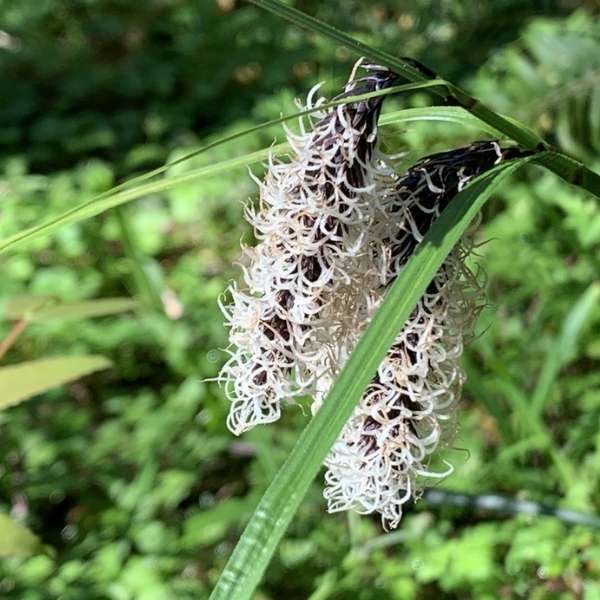
We’d like to maintain accurate and robust plant listings. If you see information that is not correct or that could be added to improve the listing, please let us know. Or if you’d like to suggest a plant to add to our plant guide, you can use this form do so. Thank you!
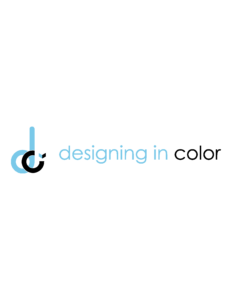
Learn about diversifying the way architecture is taught and practiced from designers of color.
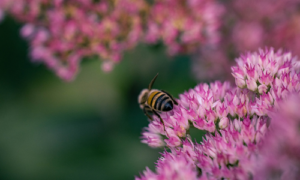
This workshop will guide you through the process and materials needed to help you decide if Mason Bees are right for you and your garden, whether you have a small deck or an open garden.
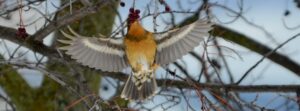
Take a virtual trip across Capitol Hill to learn about urban habitat types, how to identify the unique birds they support, and what we can do to make the neighborhood a safer place for them to live.
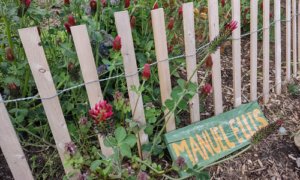
Three inspiring local food justice practitioners will share how their work in urban farming improves access to healthy foods, fosters relationships to land, and builds community.
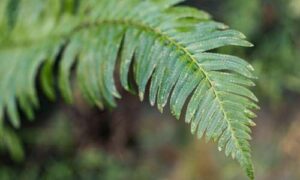
Despite the urban character and the high population density, a surprising diversity of life exists in Capitol Hill. Explore a few physical aspects of our urban ecosystems and meet some of its more-than-human residents.
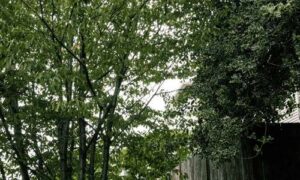
The plants, animals, fungi, microbes, and other natural features that make up “urban habitat” are important to the character, function, and livability of cities.
Nature of Your Neighborhood is a collaboration between Birds Connect Seattle, the Capitol Hill EcoDistrict, and the Seattle Bird Conservation Partnership. Our goal is to foster relationships between the people and the nature of their neighborhoods.